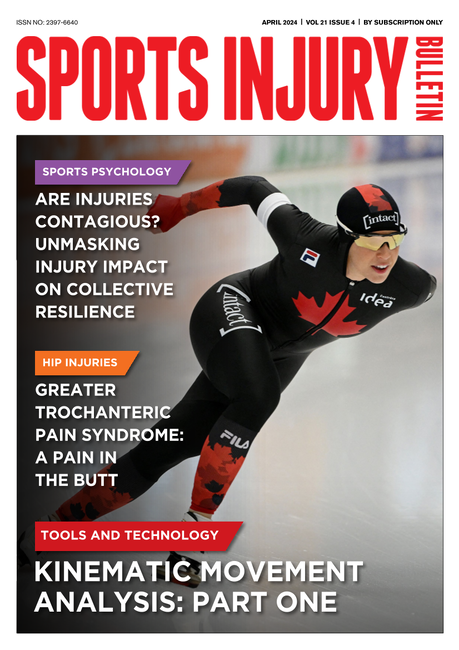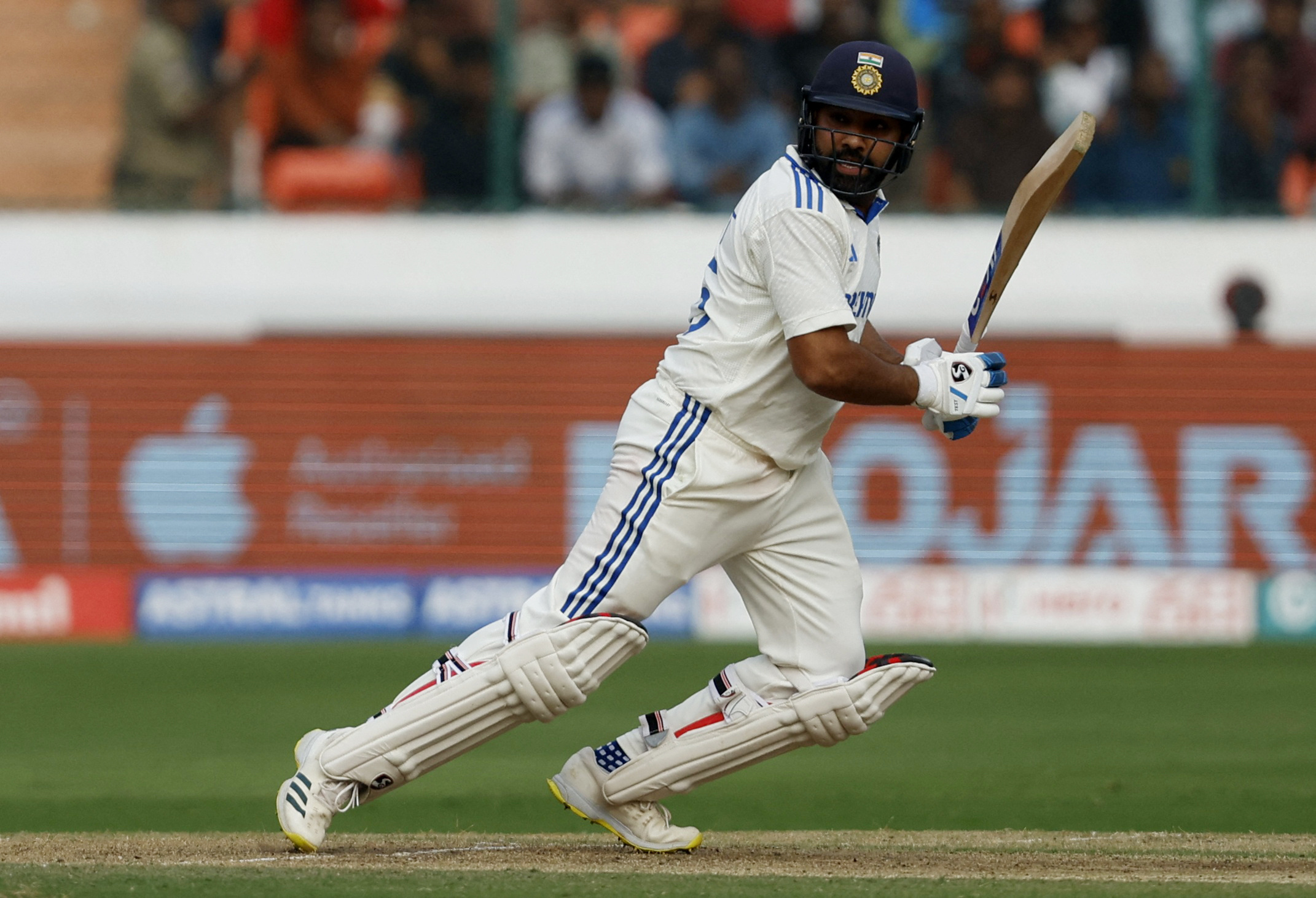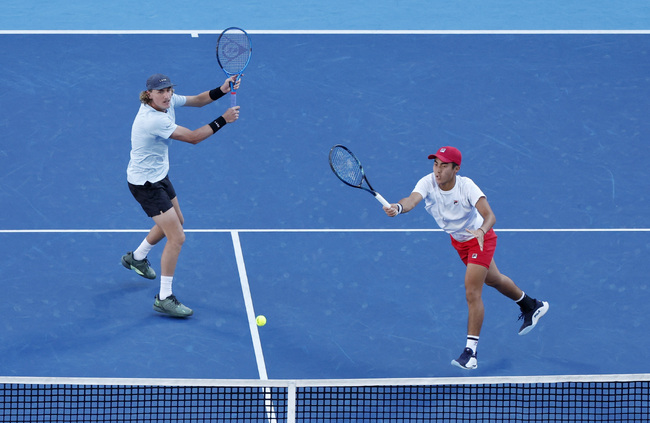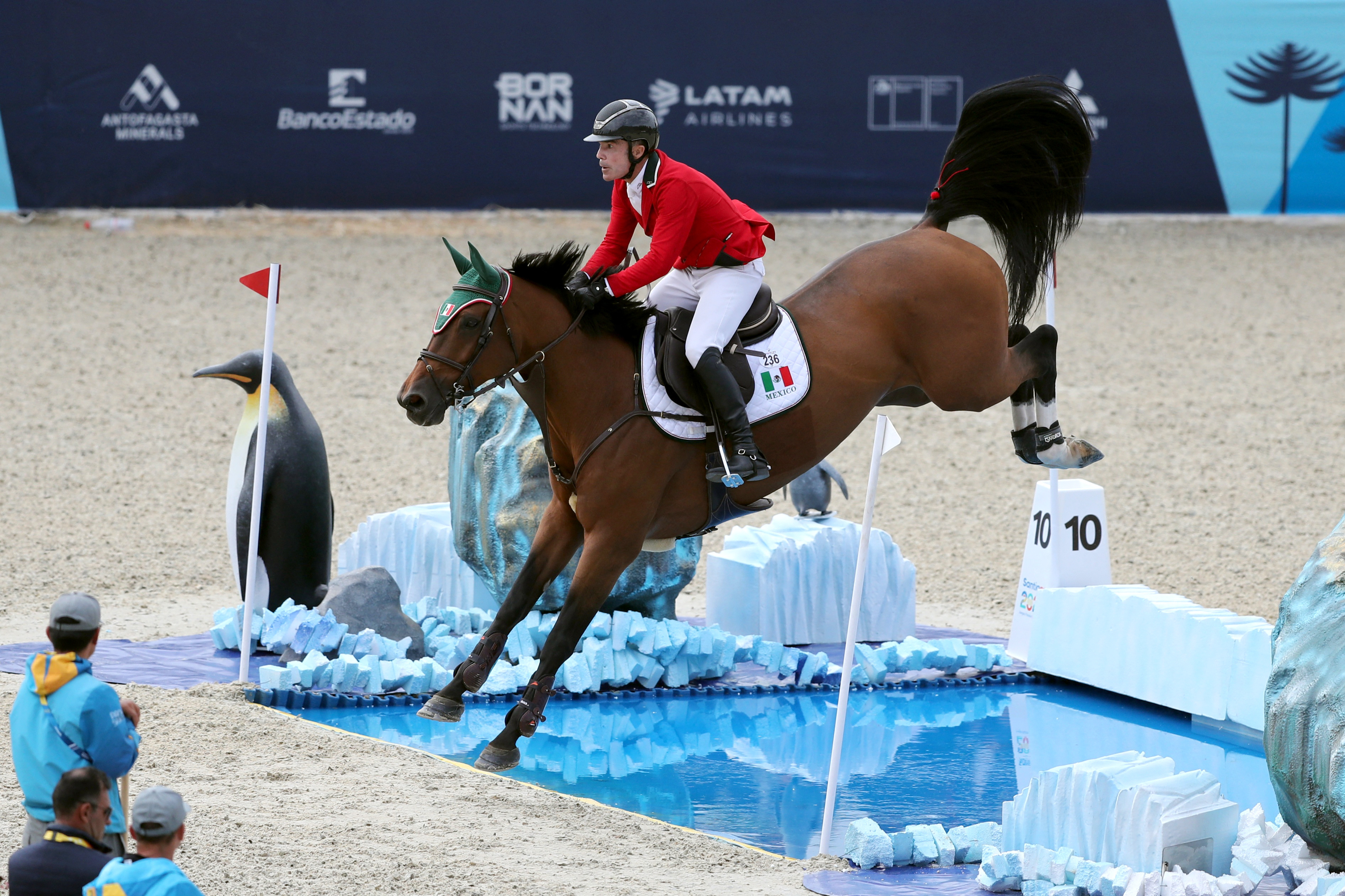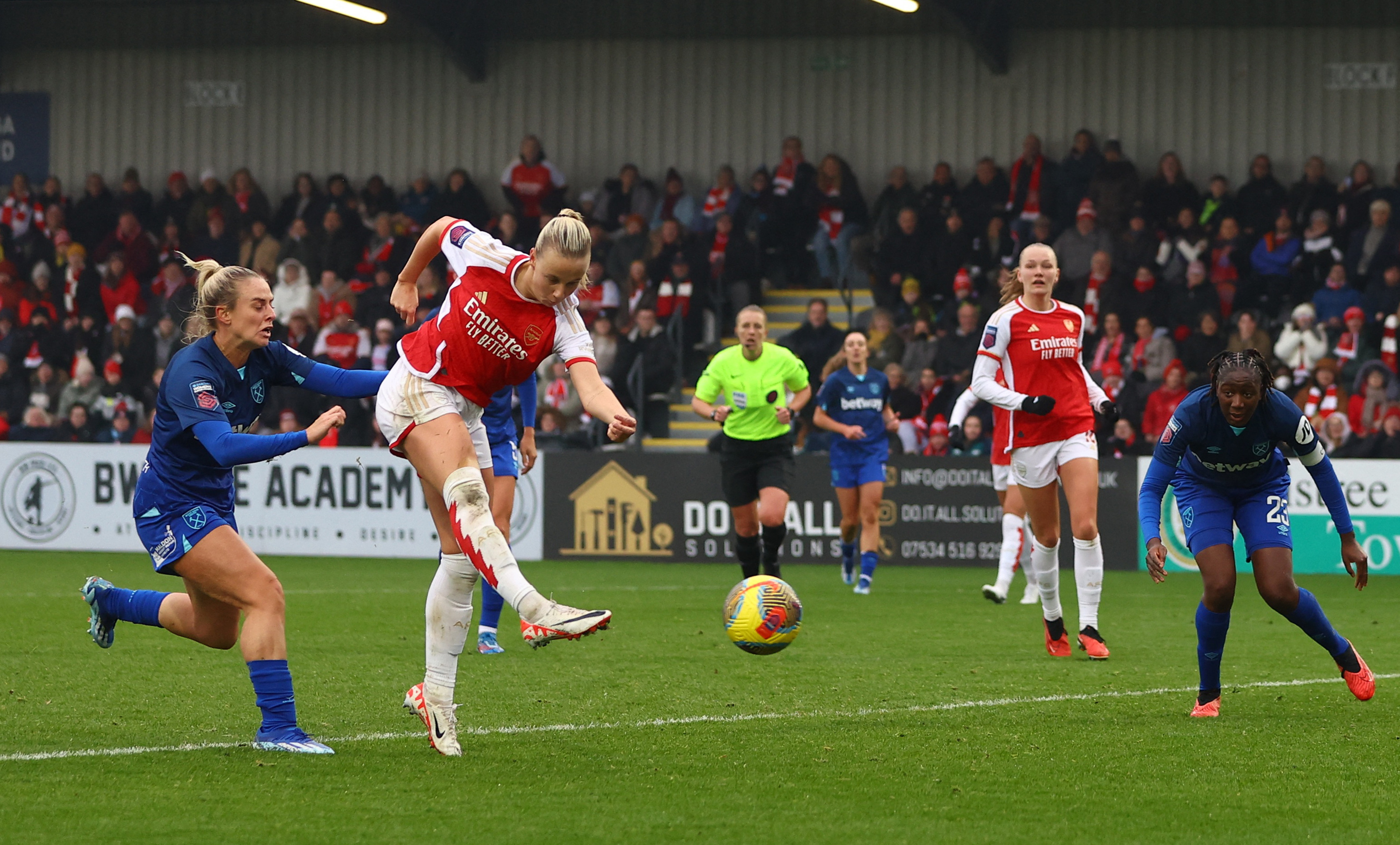Fantasy or fact: artificial surface injury risk
Artificial playing surfaces are contentious and remain a talking point in Sports and Exercise Medicine. Marianke van der Merwe uncovers the artificial surface injury risk and provides recommendations to mitigate the risk factors for athletes.

Artificial turf was first introduced in the 1960s and has evolved significantly. There are three reasons for artificial turf. Firstly, to decrease the impact of environmental conditions on playing surfaces, secondly, to increase the usability of the fields, and finally, to lower the maintenance costs on natural grass(1). However, the athlete’s experience of playing on artificial surfaces differs from the proposed economic benefits.
Player perception
Knowledge and past experiences influence perception(2). Professional soccer players familiar with natural turf will thus have a cognitive bias towards this surface due to being more familiar with it. On the other hand, 90% of professional North American football players have a higher perceived risk of sustaining an injury on artificial turf and believe that the quality of the turf plays a significant role in injury occurrence(1,3). This perception is due to a lack of surface awareness created by minimal training or match exposure on artificial turf (2).
On the other hand, amateur Italian football players favor artificial turf(3). This is due to them having greater exposure to this turf from a young age and having good surface awareness. The main factors driving the negative perception are the increased joint and muscle soreness and prolonged recovery time after training or playing a match on the artificial turf(1).
There are three generations of artificial turf. The third generation surface shows significant changes in the material, length of the fibers, and filling, thus causing different injuries to occur (see table 1). A hybrid reinforced turf combines natural and artificial turf, providing greater water drainage, shear strength, durability, and consistent surface interaction between the surface, ball, and the player(4). Athletes identify three mechanical turf properties as the primary reasons they perceive higher injury rates. The three factors are surface friction, stiffness, and metabolic cost(1). Athletes relate surface friction and stiffness to the football boots worn during training and practice.
Table 1: Artificial and natural turf characteristics(4,5)
| Fiber material | Fiber length | |
|---|---|---|
| Artificial turf generation | ||
| First | Nylon | 10-12mm |
| Second | Polyethylene | 20-25mm |
| Third | Proprietary monofilaments, textured, coated | 40-65mm |
| Natural turf | ||
| Natural rye grass | Grass | 23mm |
| Combination | ||
| Hybrid reinforced turf | Natural grass and synthetic fibers | 23mm |
Footwear selection
Traction refers to shear forces generated when the stud of the shoe interacts with the playing surface(4). Sufficient traction is vitally important for a player to accelerate, decelerate, change direction (COD), and execute other sport-specific movements effectively. Translational and rotational traction are the two mechanical tests that are essential for assessing shoe-surface traction(4). Translational traction refers to the horizontal force needed to overcome the resistance between the playing surface and studs in a straight line(4). Higher translational traction increases lower extremity injury due to the foot fixating on the surface(4). Rotational traction refers to the rotational force required to release the studs from the playing surface via a rotational movement(4).
Boots with more studs, greater length, and wider diameter cause a more significant total stud contact with the surface, thus generating higher torque forces, increasing the risk of injury(5). In addition, the placement of these studs has a significant impact on injury occurrences, such as a higher number of studs situated at the heel, forefoot, or edge (see figure 1)(6). A greater number of studs located at the edge causes greater torque, especially in the frontal and transverse planes at the knee and ankle, thus resulting in anterior cruciate ligament (ACL) injuries(3,4).
Thus, boots with the shortest studs (0.5 inch) and smallest stud diameter are the safest to use on artificial and natural turf due to the lower torque experienced(5). In addition, the selection of footwear has a more significant effect on the rotational traction experienced than the characteristics of the training and playing surface(4).
Figure 1: Footwear types for different surfaces(6)

Non-contact injuries
Player perception, choice of footwear, and different turf characteristics all play a significant role in injury risk. Most of the injuries are acute, non-contact injuries, and overall, more occur on artificial turf (see table 2)(3). However, the risk of injury in adolescent athletes is nearly even between the two surfaces (see table 3). Furthermore, ankle and lumbar spine sprains have the highest injury occurrence on both surfaces in adolescent athletes, with a slightly greater prevalence on artificial surfaces(7).
Table 2: Type and number of non-contact injuries on natural and artificial turf(3)
| Injury | Natural turf | Artificial turf |
|---|---|---|
| Joint soreness/Pain | 129 | 664 |
| Ligament damage | 209 | 635 |
| Cuts/Abrasions | 160 | 558 |
| Muscle strain | 309 | 488 |
| Bruising | 202 | 395 |
| Fracture | 233 | 374 |
| Total | 1242 | 3114 |
Table 3: Adolescent athlete acute injury occurrence(7)
| Injury occurrence (%) | Ankle sprain | Lumbar spine sprain | Thigh muscle strain | Hand/forearm fracture | Other (knee, ligament, meniscus) |
|---|---|---|---|---|---|
| Natural turf | 49.6 | 14.1 | 7.4 | 3.9 | 13.3 |
| Artificial turf | 54.4 | 15.4 | 4.1 | 3.6 | 10.7 |
Effort and recovery
Professional players reported greater physical effort while playing matches on artificial turf despite the similarities in total distance covered, high intensity running, number of sprints, and technical standards when competing on natural turf(8). Interestingly, the speed at which players change direction is faster on artificial turf; thus, greater loading is placed on the muscles when accelerating and decelerating, explaining why players experience more muscle soreness when training and competing on artificial turf(1,8).
The 90-minute soccer-specific aerobic field test mimics the fatigue response during a soccer match. It includes multiple accelerations, deceleration, backward running, change of direction, sidestepping, and 36 shooting actions to increase quadriceps load(8). The test consists of two 45min work periods (shuttle run test over 20m) and one 15min passive rest to split the two (see figure 2). Researchers at the University of Lille Nord de France in France aimed to compare the recovery of physical performance and subjective ratings using the 90-minute soccer-specific aerobic field test on natural grass and artificial turf. The study results showed no significant differences in mean heart rate, fluid loss, and intensity rating between the artificial and natural turf after the 90-minute test(8). These physiological parameters indicate that artificial and natural turf place a similar physiological load on the players (8).
However, performing the test on natural turf showcased a greater decrease in peak hamstring torque 24- 48 hours post than the artificial turf(8). However, 48 hours after the test completion, athletes provided higher soreness ratings for the hamstrings on artificial turf. In contrast, natural turf had a 31-46% lower pain response immediately after the test in the quadriceps, 24 hours after in the glutes, and 48 hours after in the hamstrings(8).
Figure 2: The 90-minute soccer-specific aerobic field test(8)
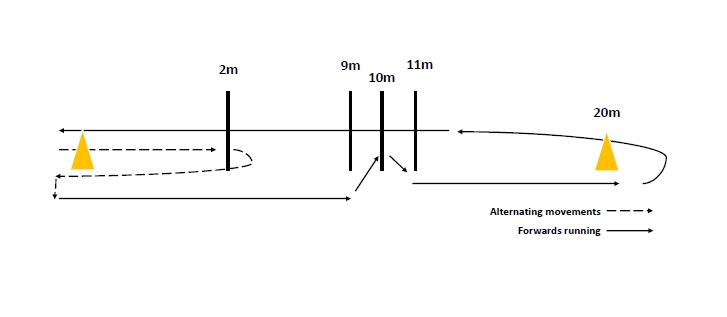 Conclusion
Conclusion
Multiple factors influence the perception players have about the surface they train and play on and its impact on their performance. A cognitive bias towards natural turf comes down to training and playing experience on different playing surfaces and the lack of knowledge about the surface’s impact on movement execution. Wearing the appropriate footwear for the surface can greatly increase or decrease injury risk. Practitioners need to understand the mechanical, perceptual, and physiological differences and similarities between artificial and natural turf. Practitioners should educate players and management staff on correct footwear, the physiological demands of each surface, and appropriate recovery strategies to establish the optimal training and playing environment for each surface.
References
- BMC Sports Science, Medicine, and Rehabilitation 2014, 6:11
- Sports Biomechanics 2020 March
- Sports Medicine – Open (2018) 4:40
- Footwear Science. 2022 Feb.
- J Am Acad Orthop Surg 2013,21:293-302
- 5-a-side-football-boots-guide
- Clin J Sport Med 2010,20:1-7
- Journal of Sports Sciences 2013,31(5):529-536
- PloS one 2014,9: e102753
You need to be logged in to continue reading.
Please register for limited access or take a 30-day risk-free trial of Sports Injury Bulletin to experience the full benefits of a subscription.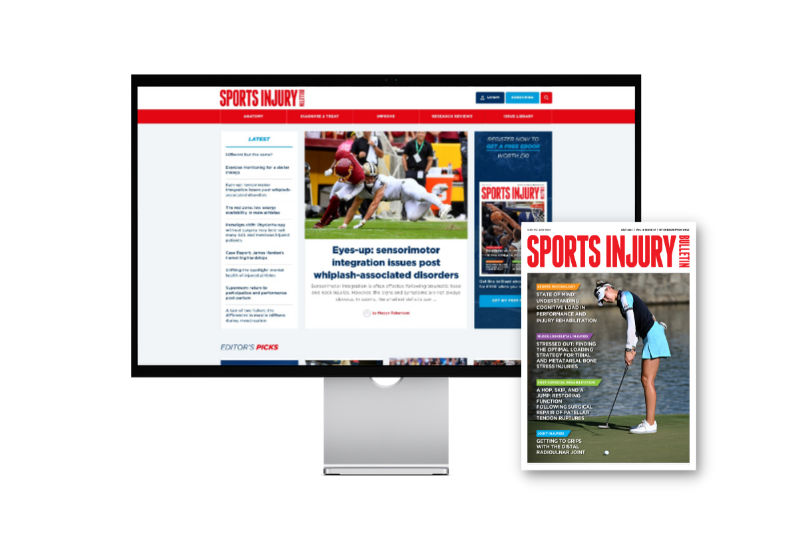 TAKE A RISK-FREE TRIAL
TAKE A RISK-FREE TRIAL
Newsletter Sign Up
Subscriber Testimonials
Dr. Alexandra Fandetti-Robin, Back & Body Chiropractic
Elspeth Cowell MSCh DpodM SRCh HCPC reg
William Hunter, Nuffield Health
Newsletter Sign Up
Coaches Testimonials
Dr. Alexandra Fandetti-Robin, Back & Body Chiropractic
Elspeth Cowell MSCh DpodM SRCh HCPC reg
William Hunter, Nuffield Health
Be at the leading edge of sports injury management
Our international team of qualified experts (see above) spend hours poring over scores of technical journals and medical papers that even the most interested professionals don't have time to read.
For 17 years, we've helped hard-working physiotherapists and sports professionals like you, overwhelmed by the vast amount of new research, bring science to their treatment. Sports Injury Bulletin is the ideal resource for practitioners too busy to cull through all the monthly journals to find meaningful and applicable studies.
*includes 3 coaching manuals
Get Inspired
All the latest techniques and approaches
Sports Injury Bulletin brings together a worldwide panel of experts – including physiotherapists, doctors, researchers and sports scientists. Together we deliver everything you need to help your clients avoid – or recover as quickly as possible from – injuries.
We strip away the scientific jargon and deliver you easy-to-follow training exercises, nutrition tips, psychological strategies and recovery programmes and exercises in plain English.


